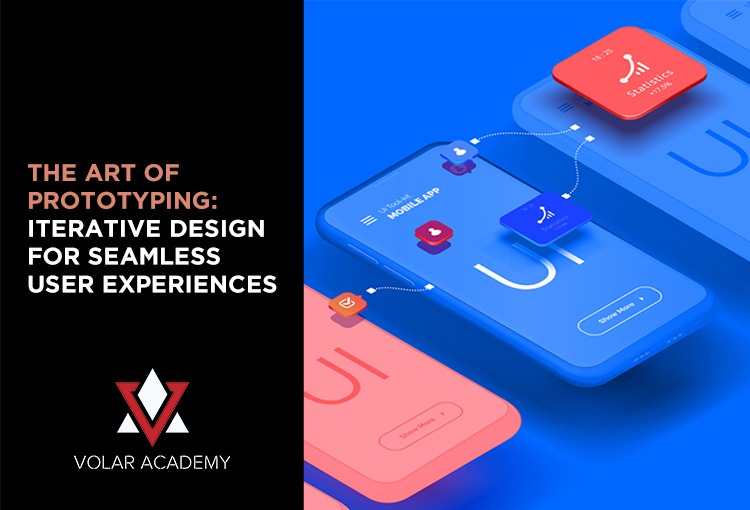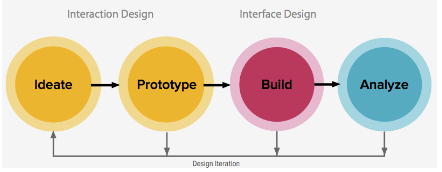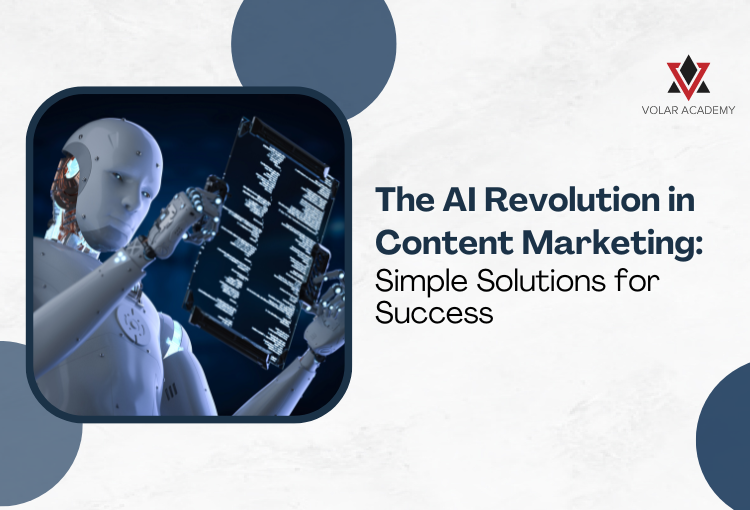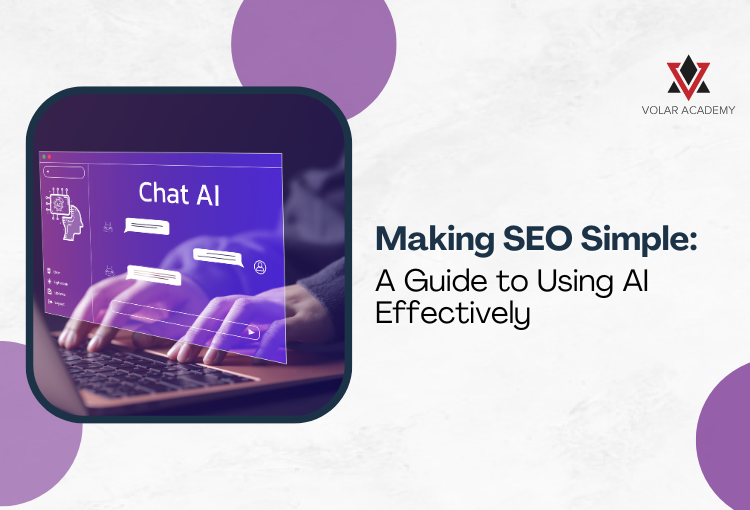The Art of Prototyping: Iterative Design for Seamless User Experiences
admin
August 24, 2023
The Art of Prototyping: Iterative Design for Seamless User Experiences

Iterative design and prototyping is a way of making things by creating and testing several versions of a product or project. Instead of just designing it once and hoping it works perfectly, we keep improving it step by step.
Imagine you’re building a car. Instead of making the whole car at once, you would start by creating a small model or prototype. Then, you would test that prototype to see how well it works and what could be better.
Based on the test results, you make some changes and create a new and improved prototype version. This process keeps repeating until you get a smooth and efficient car.
The idea is to learn from each version and continuously improve until you reach the best possible outcome. It’s like learning from your mistakes and getting better and better each time you try.
Iterative design and prototyping are essential because it helps us save time and resources. By testing and fixing things along the way, we can avoid big problems later on when we’re close to finishing the product.
So, it’s like taking small steps instead of big leaps, ensuring we’re on the right track from the beginning.

Iterative Design Benefits
Getting things done faster and saving time
When we use iterative design and prototyping, we can work more quickly compared to traditional methods.
We create new versions of the product or project faster, usually in just a few days or weeks. The main aim is to have a basic working model as quickly as possible.
This way, engineers can find and fix any issues or challenges that might come up, like mechanical problems or materials that don’t work well, before the final product is made. It helps us speed up the whole process and prepare the product for the market sooner.
Saving Money on Making the Product

Photo credit- Adobe Stock
When we use iterative design and prototyping, we use special tools like computer software (CAD) and fast machines like 3D printers to make multiple prototypes. These tools are inexpensive, so creating these early product versions doesn’t cost a lot.
This way, we can avoid overspending on just one prototype that might not be right for the users. Instead, we spend less money on each version and keep improving it until we get it right. It’s like testing the product in smaller steps, which is cheaper and helps us ensure we’re going in the right direction.
Making Sure the Product Works Well
With iterative design and prototyping, we carefully test the product. After each version we create, we test it thoroughly and get feedback from people who try it out. This helps us understand what parts of the design are good and which need improvement.
Avoiding Big Mistakes and Saving Time
In regular design methods, making big changes to the product later on can be slow and expensive. But with iterative design, we catch and fix important problems early. This saves us from doing a complete redesign later, which would take a lot of time and money.
Imagine if we discovered a major flaw in the product after making the final version. That would mean we wasted many weeks or even months on a flawed design.
But by using iterative design, we focus on finding and fixing these major issues in the first few days or weeks. This way, we can use the rest of the time to make smaller adjustments that improve the product’s quality.
Products that People Like
When we involve the people who will use the product (end users) early in the process, we have a better chance of creating something they will actually find helpful and easy to use.
Sometimes, it’s hard to know exactly what problems or challenges end users face with a product. But we can understand their needs better by asking for their feedback and involving them in the design and prototyping stages. This way, we won’t miss important things that could make the product less effective.
Iterative design and prototyping are powerful tools that can lead to the creation of seamless user experiences and successful products. We can save time, reduce costs, and ensure a more user-friendly final product by continuously refining and improving designs through multiple iterations.
To truly grasp the art of prototyping and gain hands-on learning from industry experts, we invite you to join Volar Academy. Our curriculum is tailored to industry-driven principles of user experience design. Don’t miss the opportunity to enhance your skills in digital marketing.
Recent Posts
Related Post
The AI Revolution in Content Marketing: Simple Solutions for Success
In today's fast-paced digital world, everyone is talking about artificial intelligence (AI), and its impact is truly transformative. While it's...
Making SEO Simple: A Guide to Using AI Effectively
In the vast world of the internet, standing out is a bit like discovering a special needle in a huge...
The Power of Infographics – Volar Academy Insights
In the vast information landscape, infographics emerge as superheroes, simplifying complex topics and making learning a delightful visual journey.
Subscribe Our Newsletter

Copyright © 2023-Volar Academy. All rights reserved.
Designed by Volar Academy




